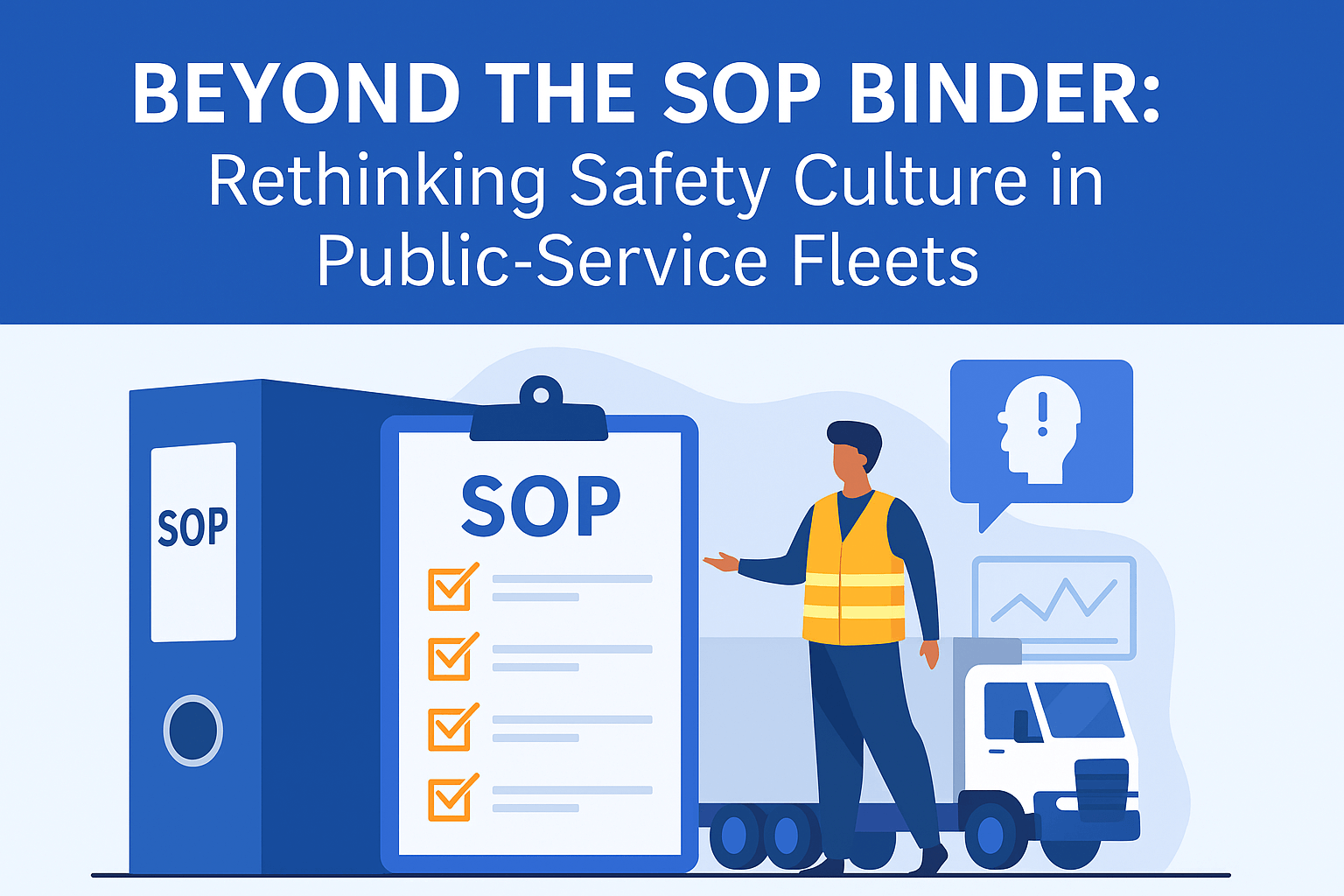
In recent years, many organizations have adopted a “less-is-more” approach to training modules. Today, innovative concepts like microlearning are transforming the training landscape—replacing long and drawn-out training sessions with rich, short, and useful components tailored to specific needs, such as driver training.
Defining Microlearning: A Not-So-Micro Task
Ironically, defining the concept of microlearning has proven to be a mammoth task, as it seems to straddle the line between design approach and instructional method. Education experts have offered countless definitions, many focusing on microlearning as succinct, engaging, and digestible content that suits the changing needs of today’s learners. While there may be some disagreement among scholars on a concrete definition, most would likely agree that successful microlearning must meet a few key criteria, including:
- Conciseness (usually 3-5 minutes long)
- Ability to meet an exact learning outcome
- Easy accessibility
- Learner-centric approach
Key Benefits of Microlearning for Driver Training
With a general definition of microlearning established, you might now be wondering what kinds of benefits your fleet or corporate driver training program might see with a transition from “traditional” learning modules to a microlearning approach.
For Drivers
Improved Engagement
For drivers, microlearning components tend to better capture attention. This is especially true considering that Millennials and GenZ are now making up a larger percentage of the workforce than ever before. Drivers from this generation grew up with the instant gratification of information on-demand and may not have the patience to sit through long training seminars. Instead, they benefit greatly from microlearning content, which provides the information they need in a familiar and accessible format.
Increased Knowledge Retention
The ability of microlearning modules to incorporate a variety of rich media types can also lead to improved information and knowledge retention—especially when compared to more “traditional” methods of training. When drivers have access to relatable and useful media, such as infographics, video, and audio, the training content is better suited for retention by all types of learners. Studies have shown that microlearning can result in more than 20% increased information retention.
Unrivaled Flexibility
Microlearning content is designed with flexibility in mind, making it ideal for use across a wide range of devices. Rather than being confined to an office for a training session, drivers can enjoy on-demand training modules from the convenience of their mobile devices or tablets. This gives them the option to complete training in ways that work with their schedule, whether that means viewing training modules during downtime on the job or from the comfort of their own home. In this sense, microlearning is truly learner-centric, allowing drivers the flexibility they need in the modern workplace.
Ability to Custom-Tailor
Rather than being forced to sit in a lengthy training session or complete a detailed computer training program on the job, microlearning modules allow drivers to explore and engage with training materials at their own pace and during their specific moments of need. This ability to pull information as needed, rather than having excessive training material pushed upon them, allows drivers to take control of their own learning on the job and gain a sense of empowerment. Microlearning can also boost morale and satisfaction by shifting the way drivers think about training.
For Organizations
Of course, the benefits of implementing microlearning aren’t limited to drivers alone; there are many ways in which organizations can benefit from making the switch to microlearning in their driver training strategies.
High-Cost Efficiency
When compared to traditional eLearning expenses, microlearning is significantly more affordable for several reasons. For starters, due to the shorter content, the time and manpower involved in creating microlearning content are drastically reduced. Furthermore, because drivers can explore microlearning modules at their own pace (and even outside of the workplace, as needed), this can cut down drastically on the amount of paid man hours dedicated to training.
Versatile Application
Another important consideration for microlearning is the fact that it can be used as standalone training material, as a Performance Support Tool (PST) in the workplace, or both. In this sense, drivers can officially “complete” their training but then easily have access to the modules from their smartphones or other devices if they ever need to refer to any of the information later on. This accessibility can help to improve compliance on the job and reduce instances of accidents.
Quick and Easy Updating
When traditional training content needs to be updated or changed, this can be a burdensome and time-consuming task. PowerPoints may need to be updated, new hand-out materials may need to be printed, and lectures must be revised. This can add up to hours of work for company trainers that could be better spent in other capacities. However, with a microlearning module, making updates is quick and easy, thus saving companies additional time and costs without sacrificing the quality of the training materials in the process.
Proven Results
When drivers are truly engaged in their training content and retain the information, everybody benefits. Drivers benefit by having greater confidence in performing their jobs correctly, and organizations benefit from improvements in driver safety compliance. And of course, when your organization is operating as it should, your clients and your bottom line see the benefits in both the short and long term.
While the concept of microlearning is still rather new, its training applications are certainly here to stay. Learners across all generations, learning styles, and walks of life can benefit from this innovative form of training—as can the organizations supporting them. By re-thinking the way drivers are trained on the job and allowing them to “take the reins” of their own learning, organizations can see greater information retention and engagement across the board.








